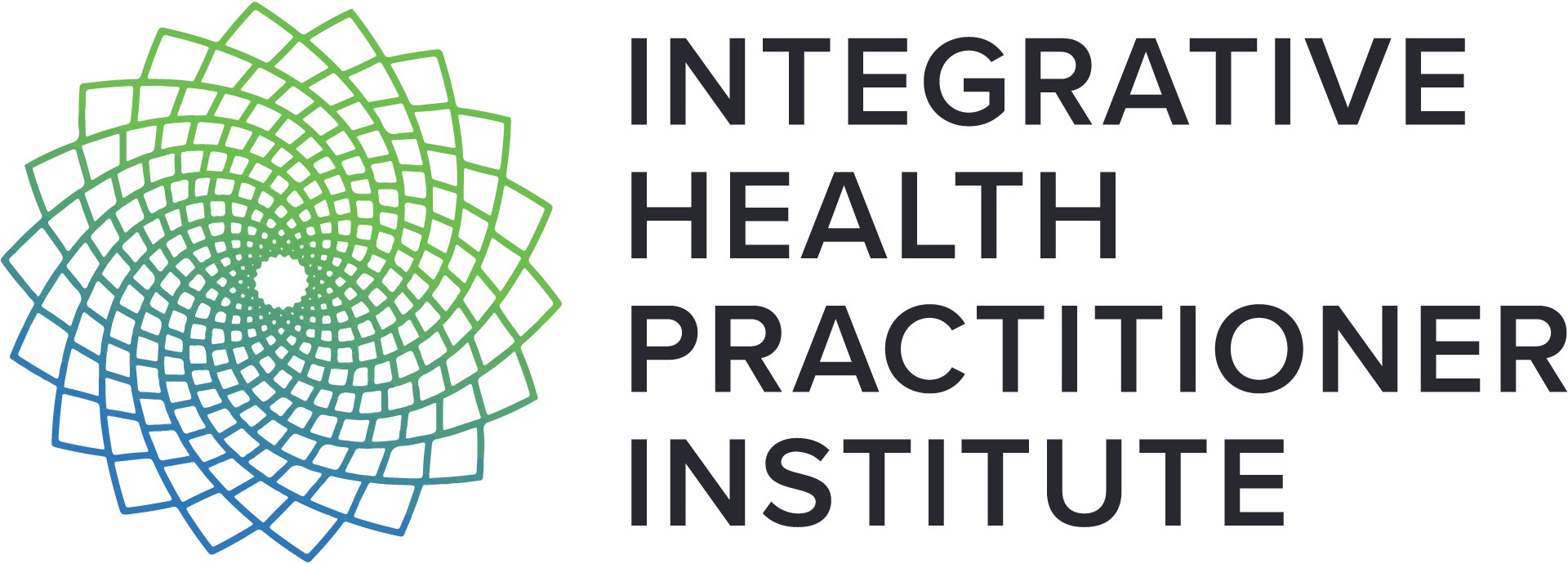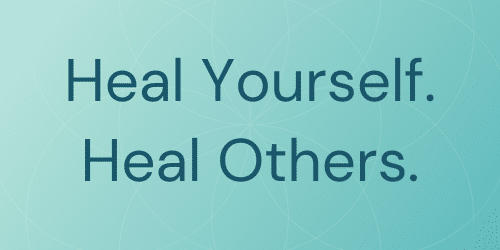“Movement is one of the most accessible and affordable health tools we have—use it often.”
At IHPI, we teach that healing happens through daily habits. One of the most powerful yet overlooked habits is movement. While many think exercise means spending hours in a gym, the truth is that movement is medicine—and it doesn’t require fancy equipment or a membership.
In the IHP Level 1 Health Coaching Certification, students learn that regular movement is one of the Seven Branches of Integrative Health. Alongside nutrition, sleep, mindset, and detoxification, movement helps bring the body back into balance. It boosts detox pathways, supports healthy hormone levels, improves cardiovascular health, and even enhances mood. The best part? You can stay active almost anywhere.

Movement vs. Exercise: What’s the Difference?
Movement is any physical activity that gets your body out of a sedentary state. This includes:
- Walking your dog
- Taking the stairs
- Stretching between meetings
- Gardening or house cleaning
While exercise is typically structured (like weight lifting or running), movement is more about consistency throughout the day. Both are important, but you don’t need a gym to get the benefits.
Why Daily Movement Matters
In the IHPI curriculum, we teach that the body is designed to move. Regular movement helps:
- Regulate blood sugar and insulin levels
- Improve lymphatic drainage and detox
- Lower stress hormones like cortisol
- Enhance cognitive function and memory
- Reduce risk of chronic disease
In fact, just 20–30 minutes of daily movement can have a major impact on your health.
Easy Ways to Stay Active Without a Gym

You don’t need fancy equipment or a trainer to stay active. Here are some simple and effective ways to move your body throughout the day:
1. Take a 10-Minute Walk After Meals
Walking after eating supports digestion and helps balance blood sugar. Try walking around your neighborhood, or even pacing around your home or office.
2. Set a “Movement Timer”
Set a reminder every hour to get up and stretch, walk, or do a few squats. It keeps your body energized and helps break up long sitting sessions.
3. Use a Standing Desk
Alternate between sitting and standing while working. Add in some calf raises or shoulder rolls while you’re up to keep blood flowing.
4. Try a Morning Stretch Routine
Start your day with 5–10 minutes of stretching or yoga. It helps loosen muscles, increase mobility, and improve posture.
5. Turn Chores Into Workouts
Vacuuming, raking leaves, or even scrubbing floors can double as physical activity. Put on your favorite music and move with intention.
6. Walk and Talk
Take phone calls while walking around your home, yard, or block. It’s a simple way to get in more steps without needing extra time.
7. Dance It Out
A quick dance session boosts heart rate, improves mood, and is a fun way to move your body.
How Daily Movement Fits Into the IHP Approach

The IHPI curriculum emphasizes daily movement as a key to achieving full-body health. In IHP Level 1, students explore how movement:
- Enhances detox pathways
- Supports metabolic health
- Regulates the nervous system
In IHP Level 2, practitioners learn how to personalize movement recommendations based on at-home functional lab testing. Whether someone is battling adrenal fatigue or struggling with blood sugar imbalances, movement can be tailored to meet their needs.
As Integrative Health Practitioners, we’re trained to support clients with realistic, sustainable movement habits. That includes helping them find ways to stay active without ever stepping into a gym.
Start Small, Stay Consistent
If you’re just getting started, remember: you don’t need to do everything at once. The key is consistency. Even 10 minutes a day adds up over time. Movement is one of the most accessible and affordable health tools we have—use it often.
If you're interested in learning more about how to help others reclaim their health through natural, proven protocols—including movement—explore our IHP Level 1 & 2 Certifications here.
Check out our last blog to learn why building muscle is essential for women!










